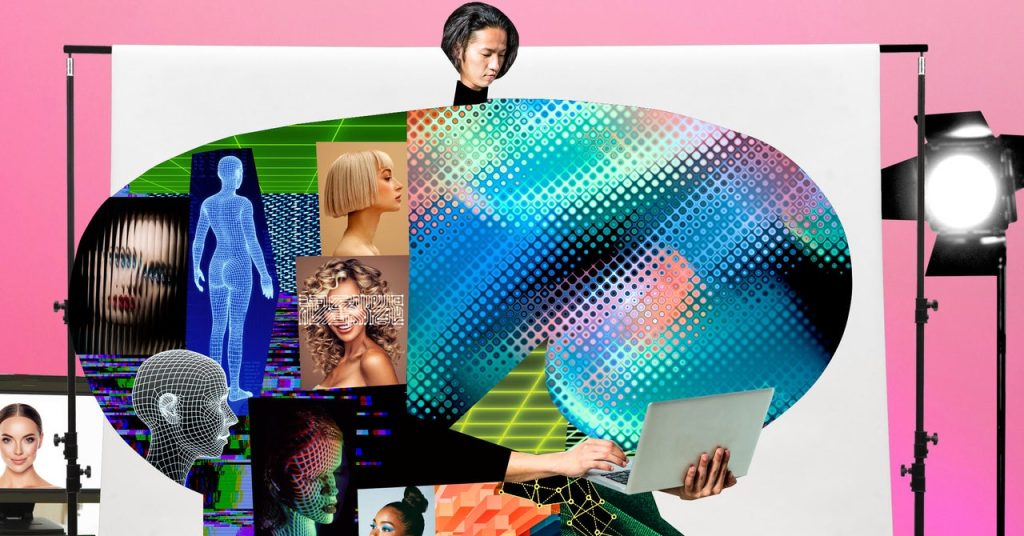The Rise of AI-Generated Models in Fashion
Introduction to AI Models in Fashion
Last spring, Levi’s introduced “body-inclusive avatars” to its online shopping platforms. These AI-generated models came in various sizes, ages, and features/” title=”Best Google Pixel Phone 2024: Top Models, Cases, Accessories, and Features”>skin tones, aiming to create a more diverse lineup in a sustainable way. However, many people were upset, questioning why real humans weren’t given these jobs. Levi’s later reaffirmed its commitment to supporting multicultural creatives but didn’t abandon its partnership with Lalaland.ai, the Amsterdam-based company behind the avatars. The collaboration is currently on hold as Levi’s formulates internal AI guidelines.
Lalaland.ai’s Growing Influence
The controversy surrounding Levi’s decision brought significant attention to Lalaland.ai, attracting more big brands interested in generated models. Duy Vo, Lalaland’s creative director, shared insights with WIRED on how they perfect these AI models.
Research and Development
The process begins with extensive research. Vo examines current fashion trends and identifies popular model features. Drawing from his experience as a fashion photographer for major magazines like Vogue and Harper’s Bazaar, he gathers client preferences and visual inspirations. These inputs are then sent to the machine-learning team to create new personas on demand.
Creating the Models
The creation of these models starts with 3D body models. Generative AI is used to craft identities that clients want, including different ethnicities, hair colors, and other features. Vo acts as the photographer, hairstylist, and makeup artist, making adjustments based on client feedback. This can involve days of work, especially for details like hairstyles.
Dressing the Models
Once the models are ready, they are “dressed” using 3D software. Many clients already design clothes in 3D, making it easy to import and render these files onto the models. For brands not using 3D design, garments are collected and digitized by a partner, recreating patterns, fabrics, and textures.
Challenges and Curation
AI can sometimes produce bizarre results, like models with extra heads or limbs. Hands and feet are particularly challenging, often requiring multiple attempts to get right. Vo’s role is to curate and guide the AI to create aesthetically pleasing models, filtering out the flawed ones.
Job and Skills
The salary for this role is comparable to a tech job in the US, around $100,000 to $120,000. In Amsterdam, salaries differ, making direct comparisons to Silicon Valley difficult. Coding skills aren’t necessary, but understanding the technology, fashion, and having a good instinct are crucial. Traditional fashion professionals can transition into this role within a few weeks or months.
Limitations and Future of AI in Fashion
Creating a complete ad campaign with AI remains challenging due to the specific requirements of fashion and the need for precise replication. Factors like lighting add to the complexity. Traditional image makers are still essential for creating beautiful photos. However, AI serves as a valuable tool for generating images for commerce. As Vo puts it:
If you can communicate your message through synthetic images, why wouldn’t you?
— As told to Amanda Hoover

4 Comments
AI models can sell clothes better than humans ever could, don’t you think?
A model dressing as a model to sell to real people, brilliant or redundant?
AI models might work, but will they understand fashion trends?
AI selling real fashion sounds efficient, but will it lack human touch, perhaps?